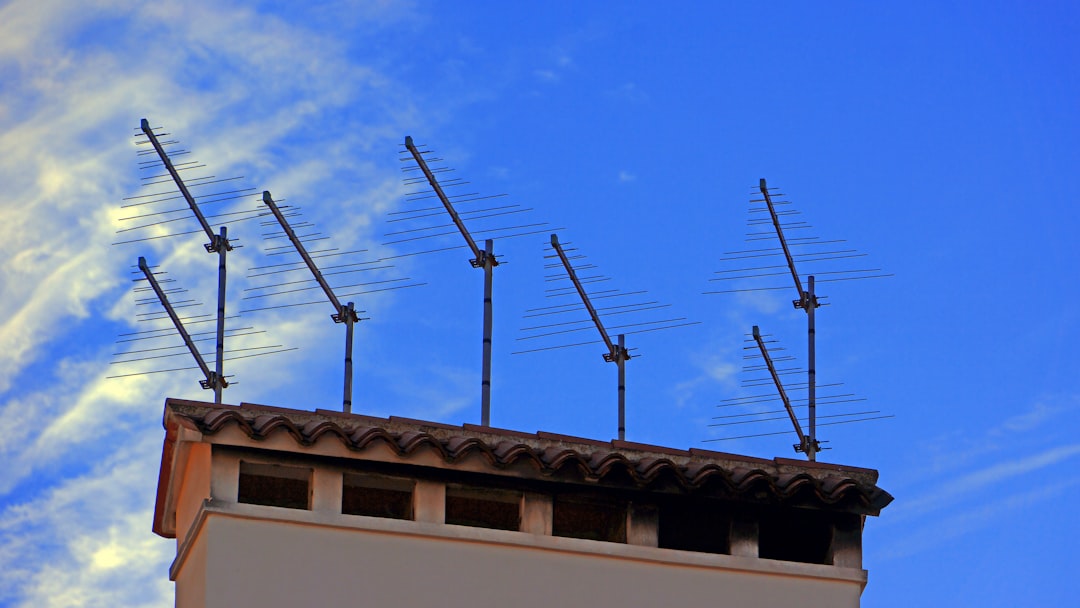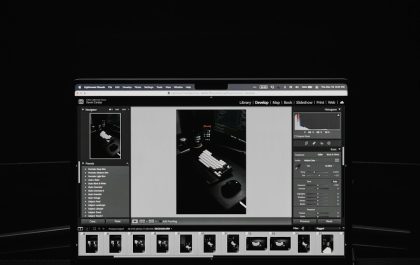Staying connected in the modern world is more essential than ever, and when poor cell signal disrupts important calls or delays your data connection, everyday life can quickly become frustrating. Whether you’re in a remote area, fighting through dead zones in your home, or working inside a signal-blocking office, a reliable cell phone signal booster can dramatically improve your connectivity. With newer models emerging regularly, we’ve compiled the best cell phone signal boosters of 2024 to help you make an informed decision.
TL;DR:
If you struggle with weak cell reception, investing in a signal booster can significantly enhance voice quality, data speeds, and overall reliability. For most homes, the weBoost Home MultiRoom is a top-tier option with a perfect balance of performance and ease-of-installation. Those who need mobile coverage in vehicles can trust the compact yet capable SureCall Fusion2Go Max. Consider your space size, the number of users, and your signal strength before purchasing.
What Is a Cell Phone Signal Booster?
Before diving into specific models, let’s clarify what a cell phone signal booster is and how it works. These devices amplify existing cell signals, rebroadcasting them in areas with poor reception. Most boosters consist of three components:
- External antenna – captures weak signal from outside.
- Amplifier unit – boosts the signal strength.
- Internal antenna – rebroadcasts the enhanced signal indoors or in your vehicle.
They’re legal for use in the U.S. if certified by the FCC, and they support multiple carriers and devices simultaneously. Whether you’re battling poor signal in a rural area or need a boost inside a metal building, a properly installed booster can solve the problem.
Best Overall: weBoost Home MultiRoom
The weBoost Home MultiRoom stands out as the most well-rounded and effective solution for households with medium-to-strong outdoor signal struggling to make it through thick walls or modern window insulation.
- Covers: Up to 5,000 sq ft (under optimal conditions)
- Carriers: All major U.S. carriers
- Max Gain: 65 dB
The Home MultiRoom offers easy DIY installation with a sleek, wall-mounted interior antenna and directional outdoor antenna. It supports simultaneous users and devices, making it ideal for families or small offices.
Pros:
- Excellent signal gain
- Reliable performance across multiple carriers
- Works for both voice and 4G/5G LTE data
Cons:
- Performance drops if outdoor signal is extremely weak
- Setup may require adjustments of the exterior antenna

Best for Vehicles: SureCall Fusion2Go Max
When you’re frequently on the road, especially in rural areas or mountainous terrain, dropped calls and slow data can be both annoying and dangerous. The SureCall Fusion2Go Max is built for drivers who want consistent service on the go.
- Designed for: Cars, trucks, RVs
- Max Gain: 50 dB
- Carriers: All major U.S. networks
This booster excels because of its patented 2XP technology that boosts the uplink power, significantly increasing communication with far-away towers. You’ll notice fewer dropped calls and better streaming quality even if you’re miles from civilization.
Pros:
- Highly effective in rural areas
- Quick, non-permanent installation
- Compatible with 5G-ready phones
Cons:
- May require placement tweaks for optimal results
- Not suited for indoor use
Best Budget Option: Phonetone Cell Booster Kit
For buyers on a budget who still seek performance, the Phonetone Cell Booster Kit is a surprisingly capable home booster without the premium price tag. It’s ideal for small homes or apartments that suffer from intermittent service.
- Covers: Up to 2,000 sq ft
- Max Gain: 70 dB
- Best For: AT&T, Verizon, and T-Mobile users
While it doesn’t work with Sprint or other regional networks and lacks the polish of more expensive models, it remains an effective choice for users wanting basic coverage improvement without breaking the bank.
Pros:
- Affordable pricing
- Simple to install
- Decent coverage for price
Cons:
- Inferior build quality compared to premium brands
- Limited multi-user performance

Best For Large Homes: HiBoost 15K Smart Link
Large homes with multiple floors or thick concrete walls typically need robust boosters like the HiBoost 15K Smart Link. Designed for maximum reach, it ensures consistent coverage across vast areas.
- Covers: Up to 15,000 sq ft
- Max Gain: 72 dB
- Additional Features: LCD screen and mobile app monitoring
What sets this option apart is its smart features. The mobile companion app assists with installation by providing real-time signal strength readings, and the LCD display on the amplifier gives helpful system diagnostics at a glance.
Pros:
- Powerful enough for very large spaces
- Smart monitoring tools
- Stable performance across multiple devices
Cons:
- High price point
- Could be overkill for smaller homes
What to Consider Before Buying
Not all boosters are created equal—or needed everywhere. Here are key considerations before making your purchase:
- Signal Strength Outside: Boosters amplify, not generate, signal. A booster can’t work with zero signal.
- Coverage Needs: Measure your space to ensure the booster supports your square footage.
- Carrier Compatibility: Choose a booster that supports your network (or all major carriers if applicable).
- Portability: If you’re always moving (RV, truck), look into mobile boosters over home units.
- 5G Support: With 5G rolling out across carriers, picking a booster that supports it ensures future compatibility.
Installation Tips to Maximize Performance
Proper installation is crucial. Even the most expensive booster won’t reach its potential if poorly set up. Here are some practical tips:
- Test outdoor signal: Use your phone in test mode or apps to find the strongest location for the outdoor antenna.
- Keep adequate separation: Install indoor and outdoor antennas with enough distance (ideally 20 ft vertically or 50 ft horizontally) to avoid oscillation.
- Point external antenna: Directional antennas offer better performance when pointed at your nearest cell tower.
- Secure cables: Weatherproof and protect your cable runs, especially if they route outside the building.
Conclusion
Choosing the right cell phone signal booster can transform inconsistent mobile coverage into reliable, high-speed performance across your personal or professional space. While the weBoost Home MultiRoom serves most everyday users exceptionally well, the other options on this list present excellent alternatives based on your space, budget, and mobility needs.
Don’t settle for dropped calls and slow internet—today’s signal boosters are more powerful and accessible than ever. Make sure to check your outdoor signal strength and carrier requirements, and you’ll be well on your way to enjoying clear calls and smooth streaming no matter where you are.
yehiweb
Related posts
New Articles
Top 6 Editors With Excellent Preset / Filter Libraries to Speed Up Editing Workflow for Travel & Landscape Photography (Darktable, Affinity, Luminar etc.)
Travel and landscape photography is majestic, but editing hundreds of images? Not so much. Luckily, there are photo editors with…


